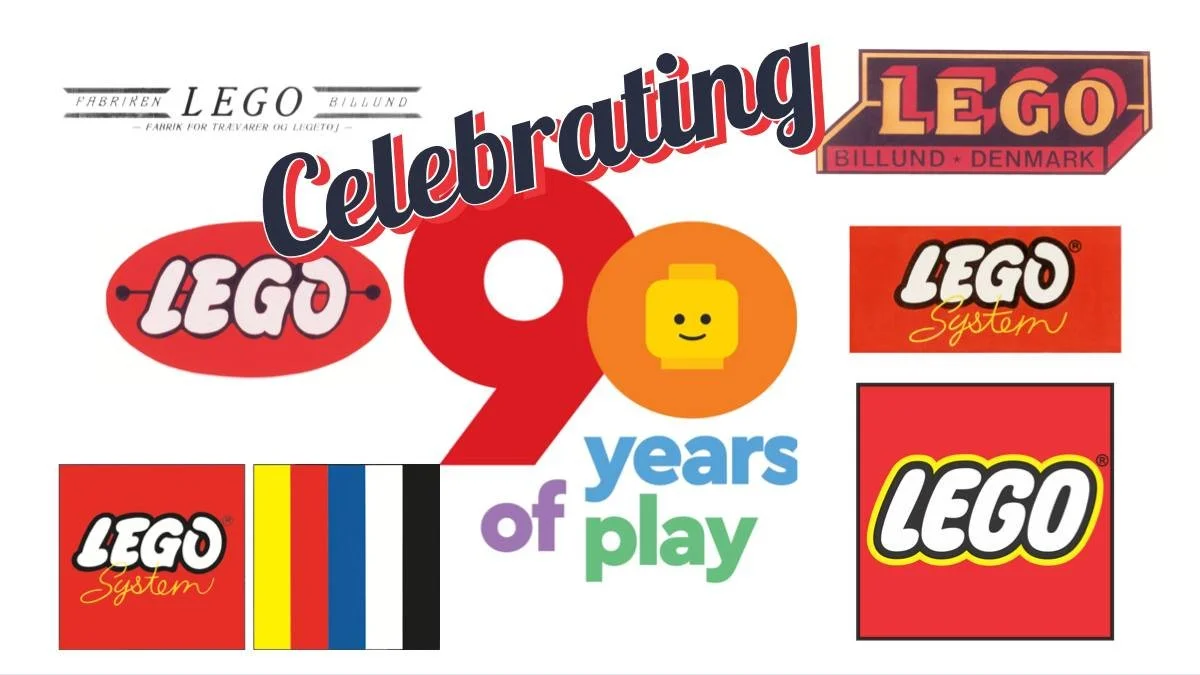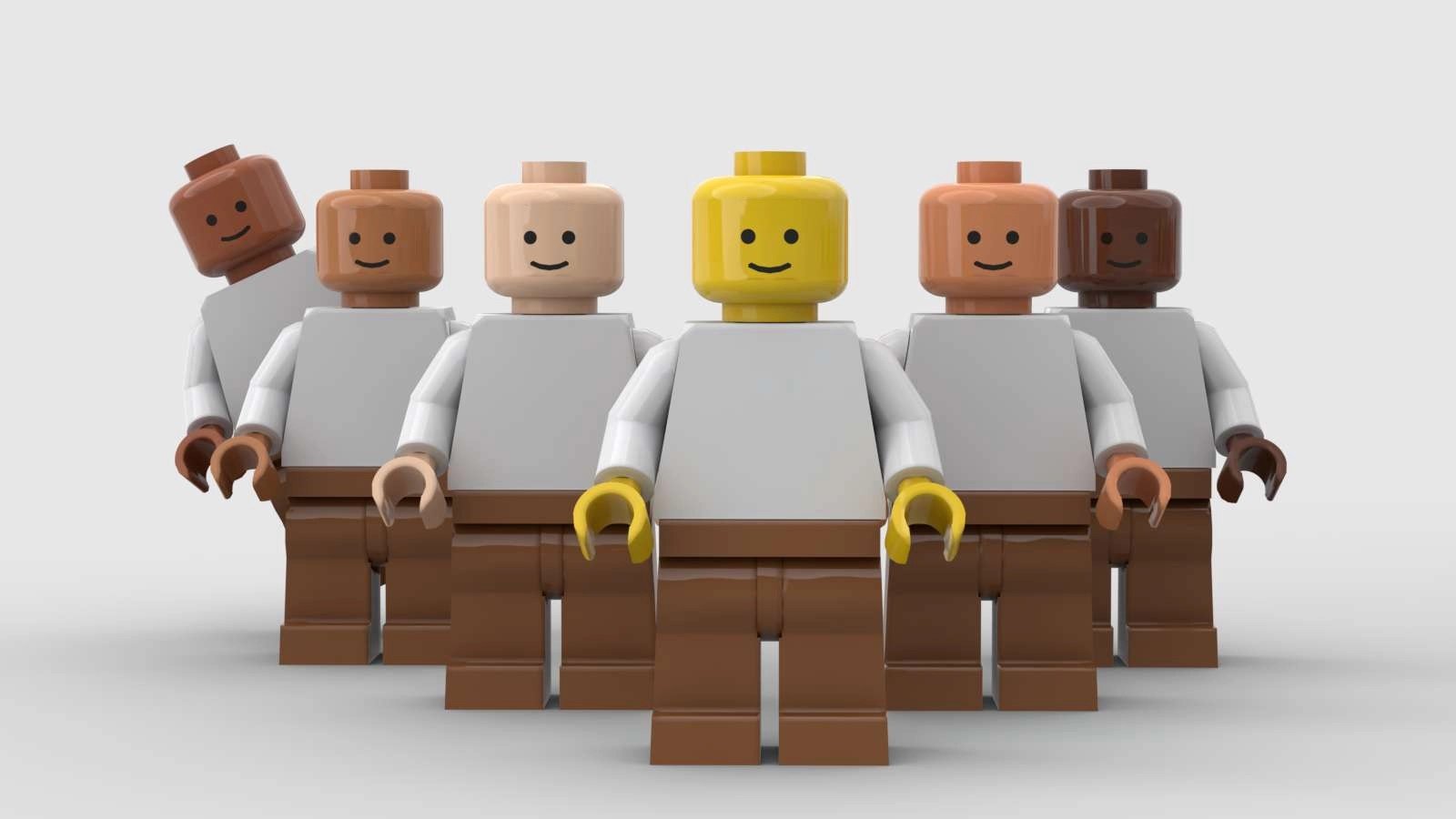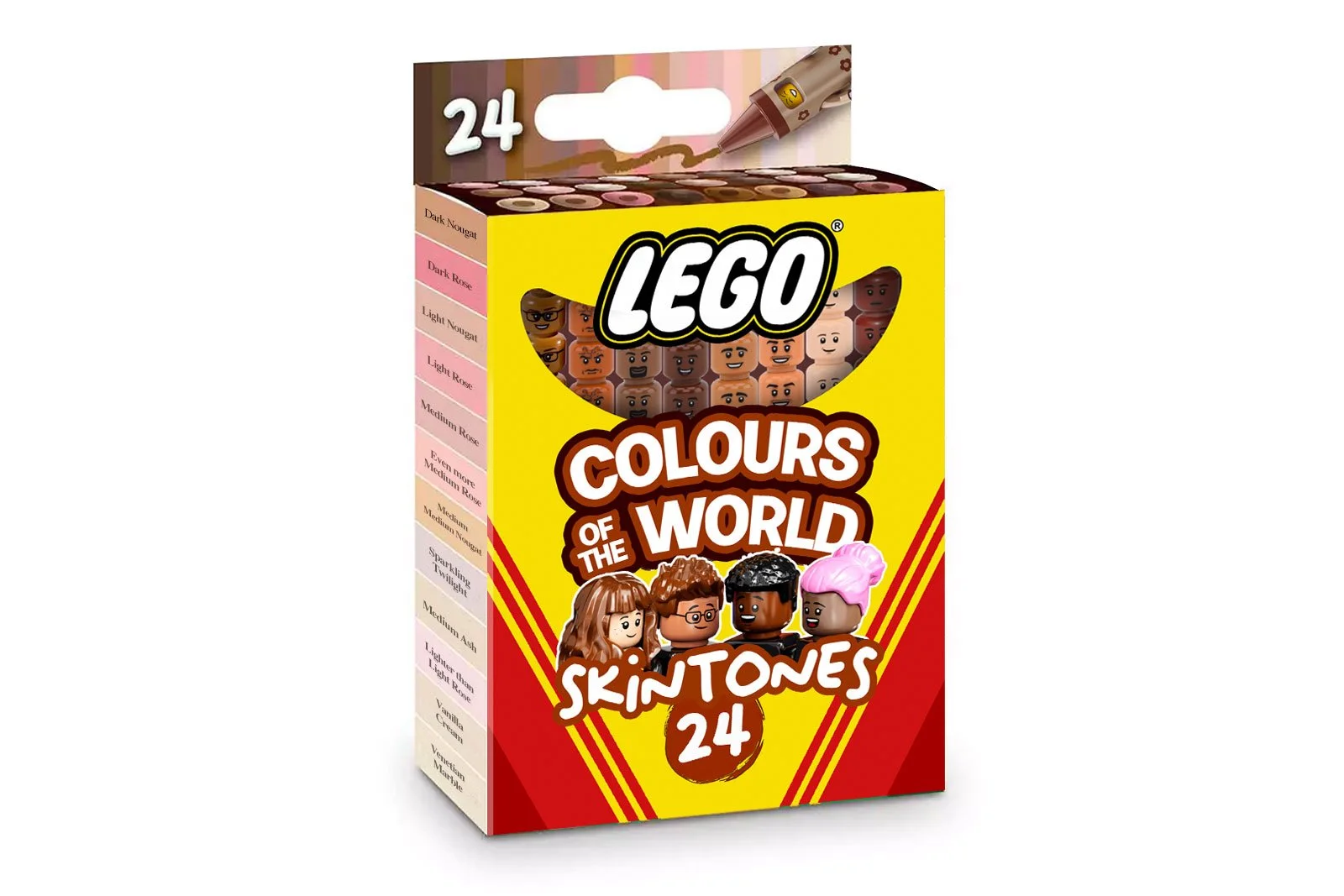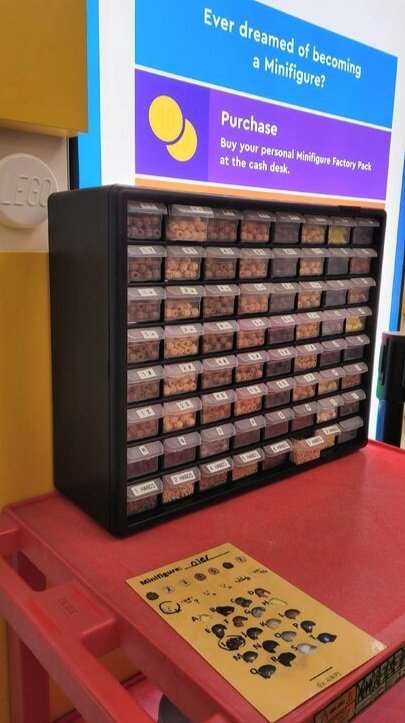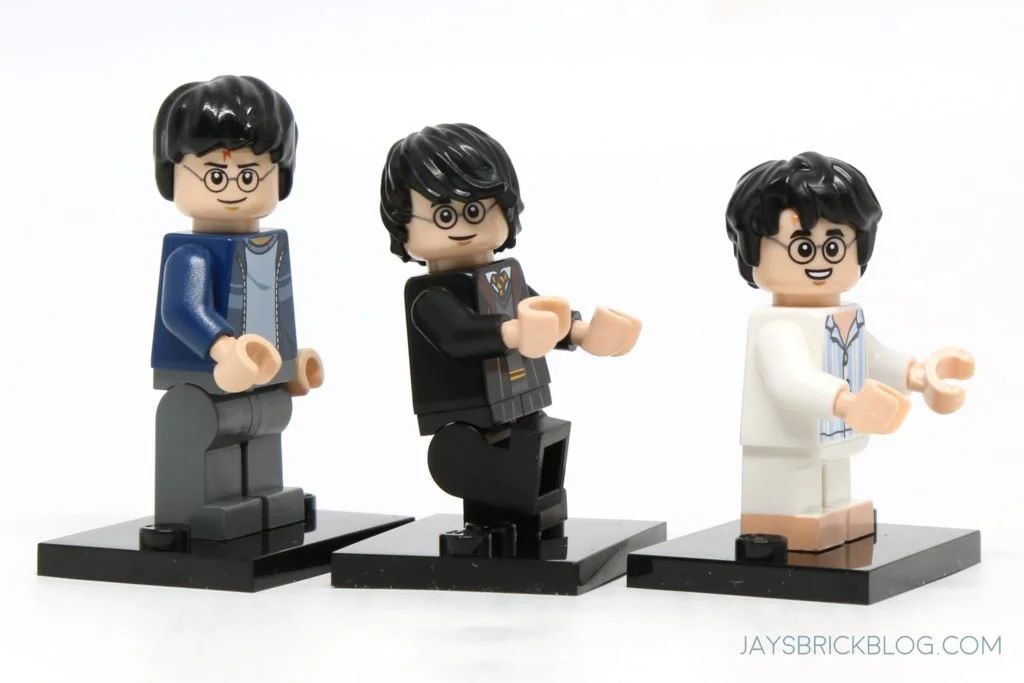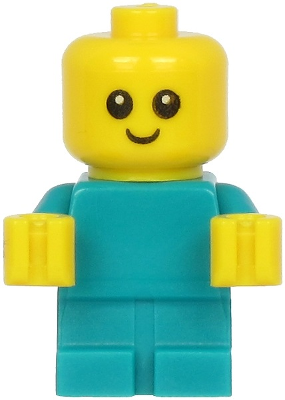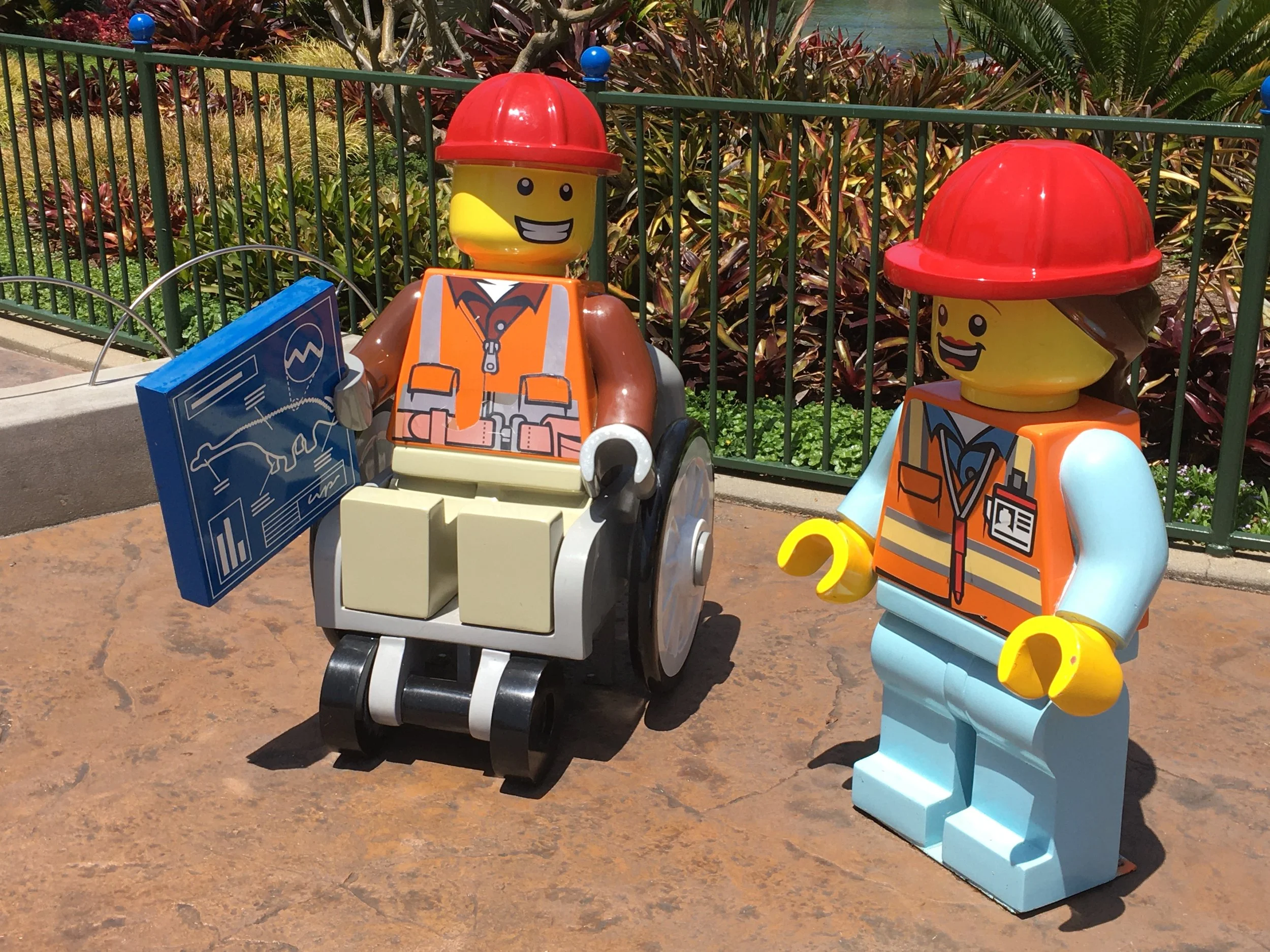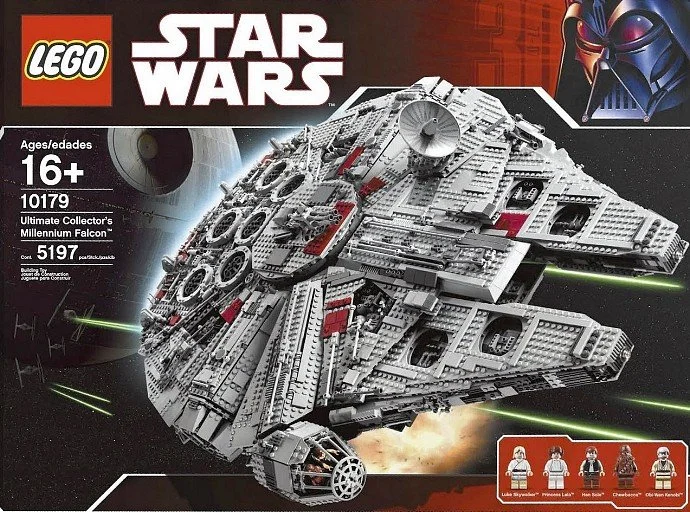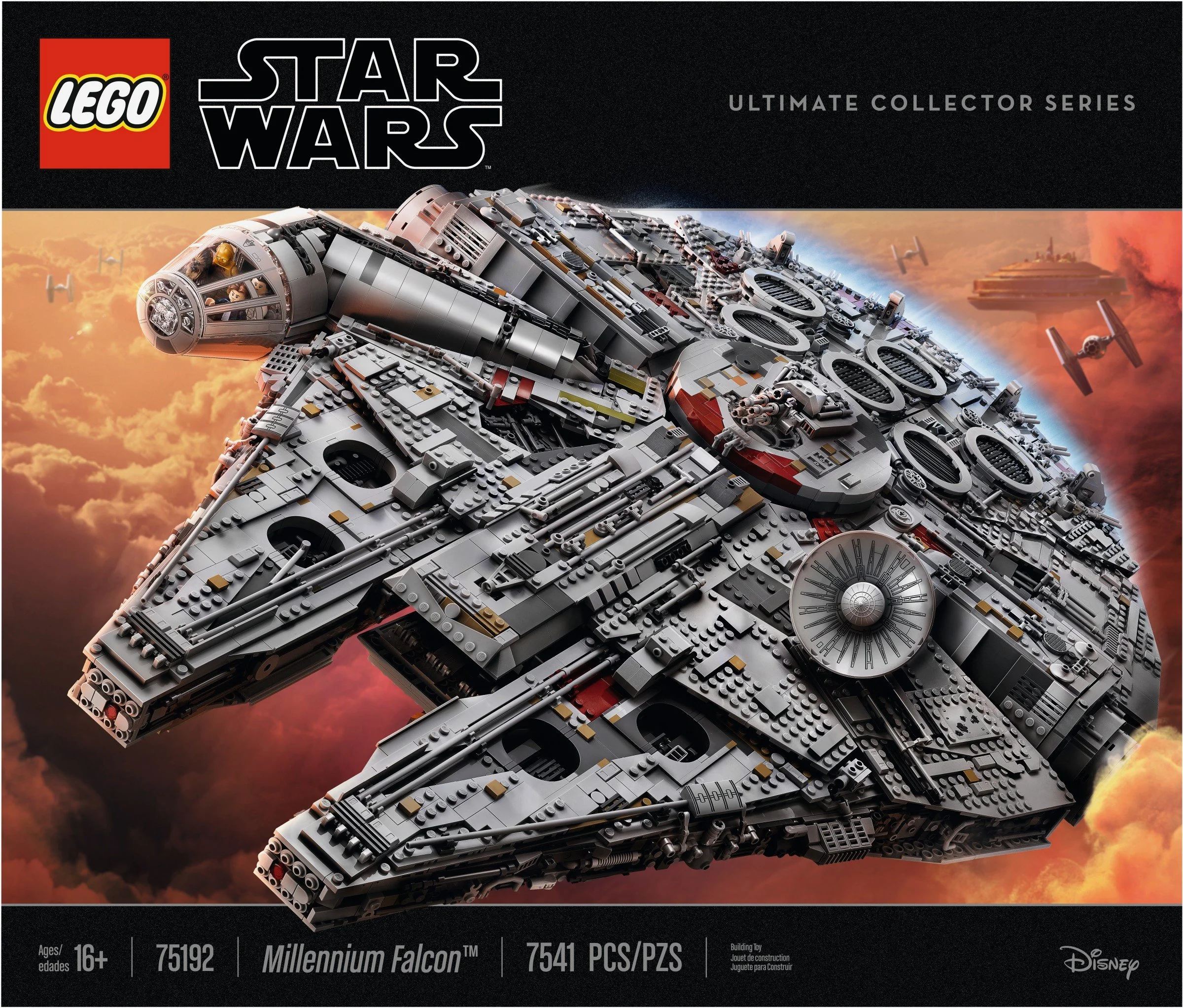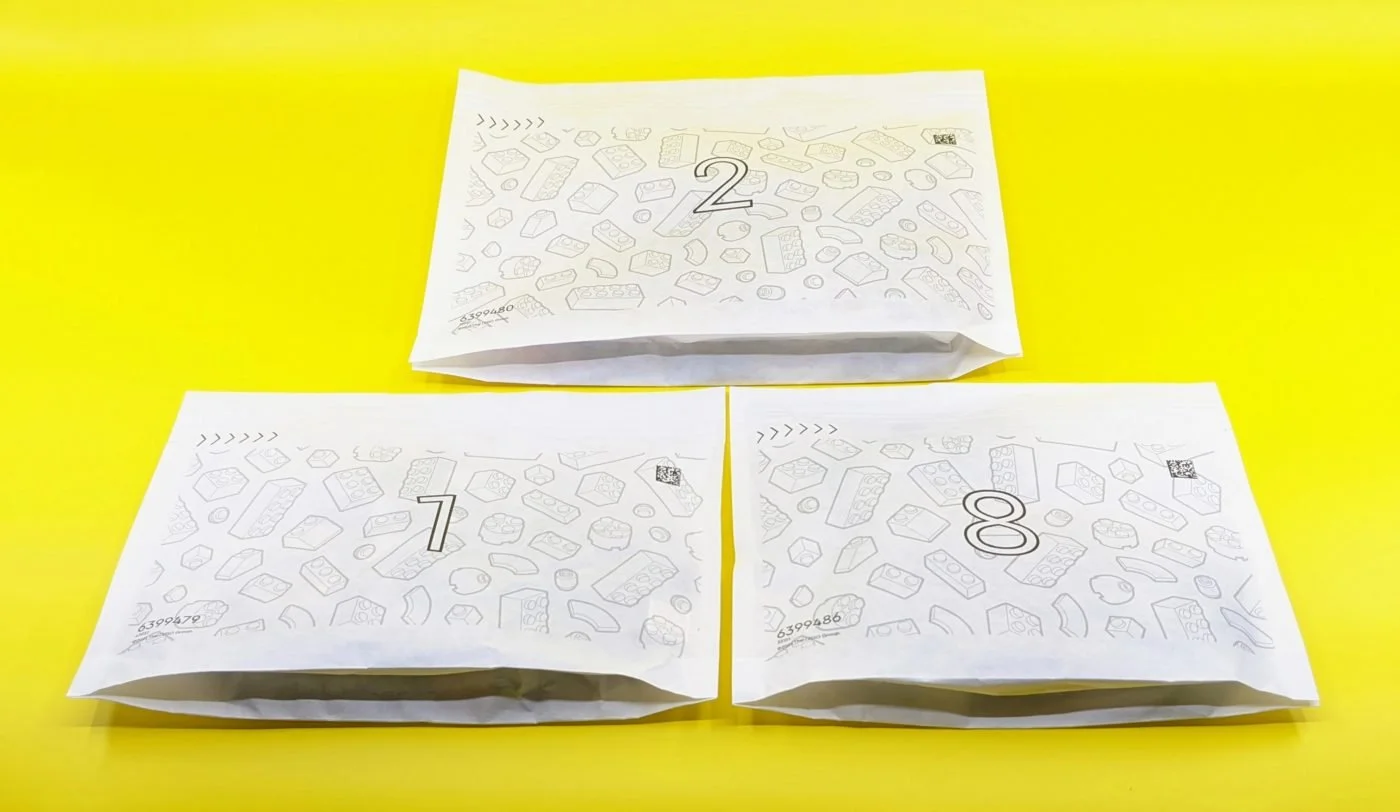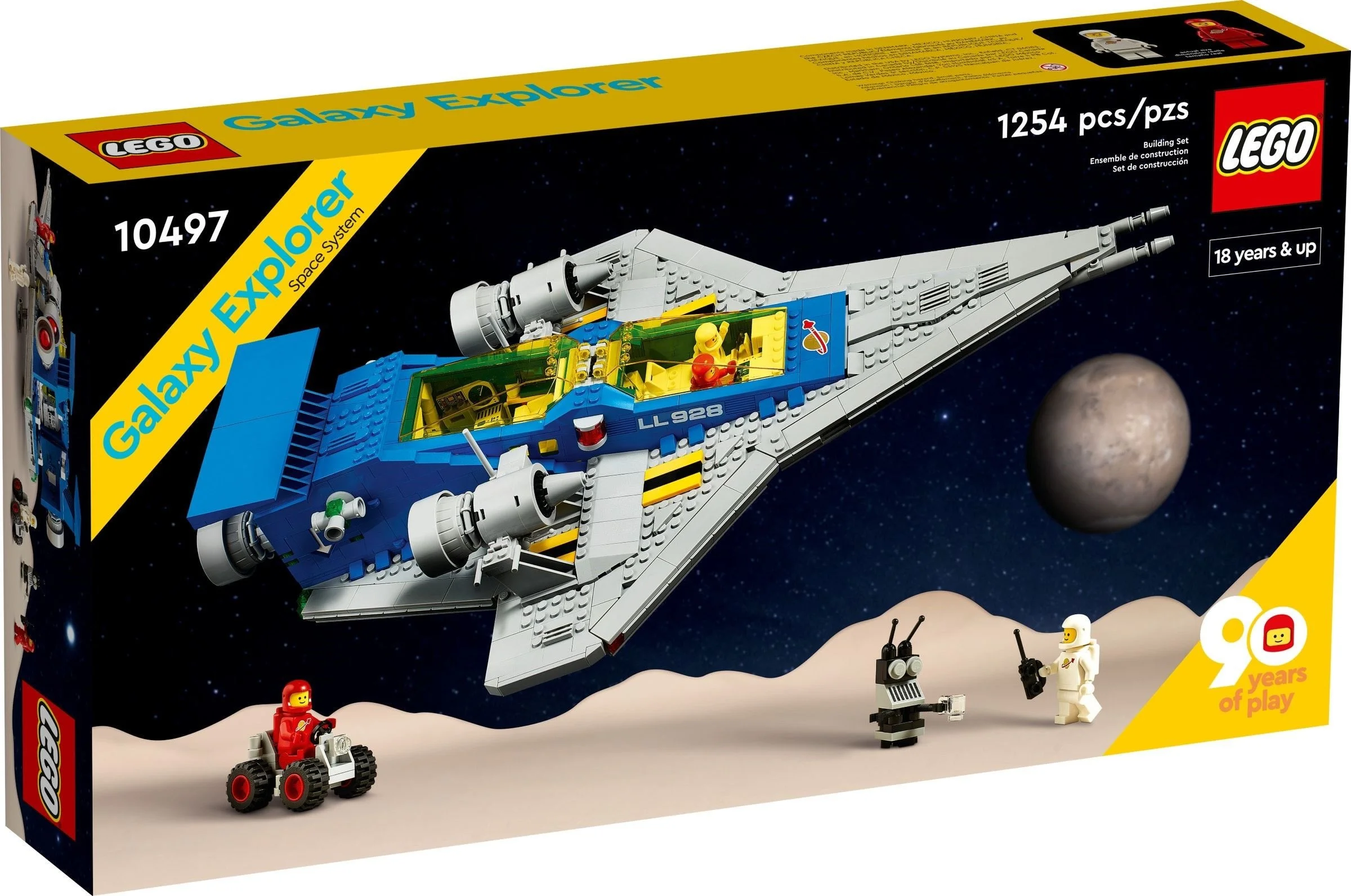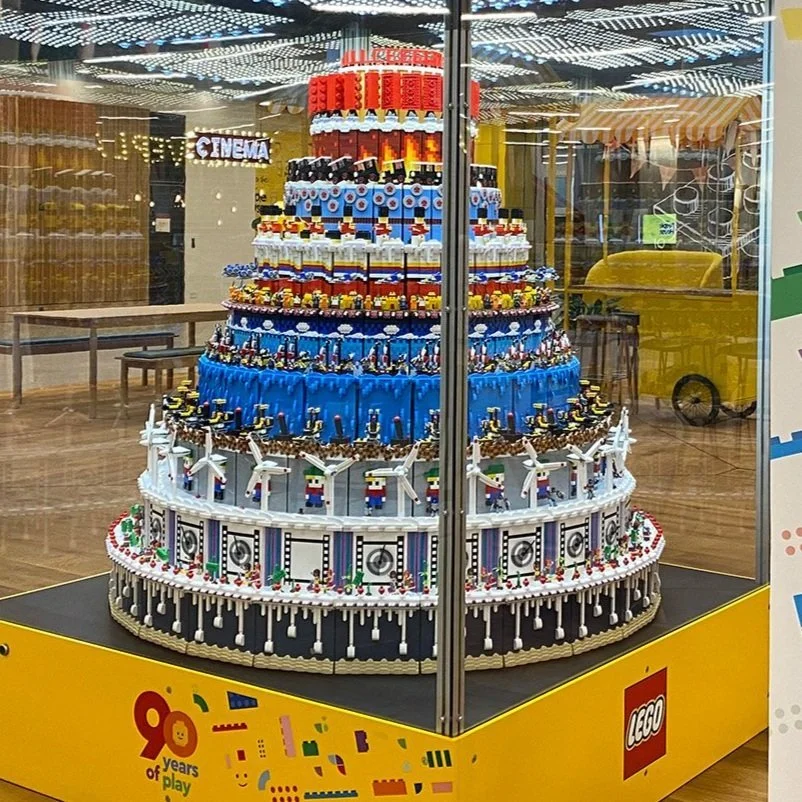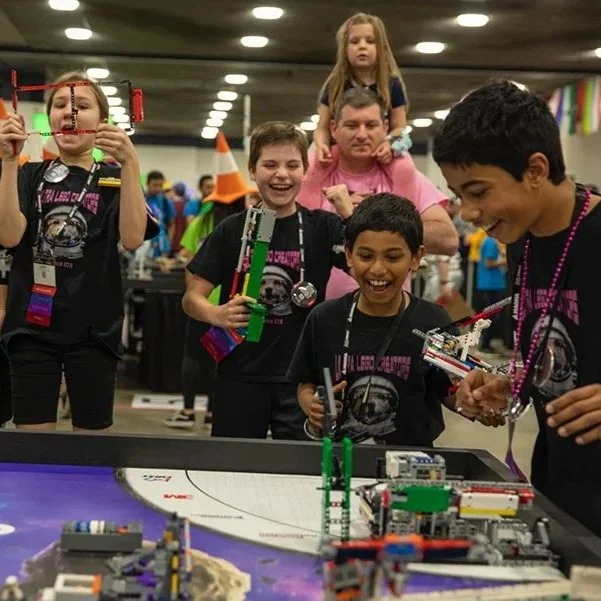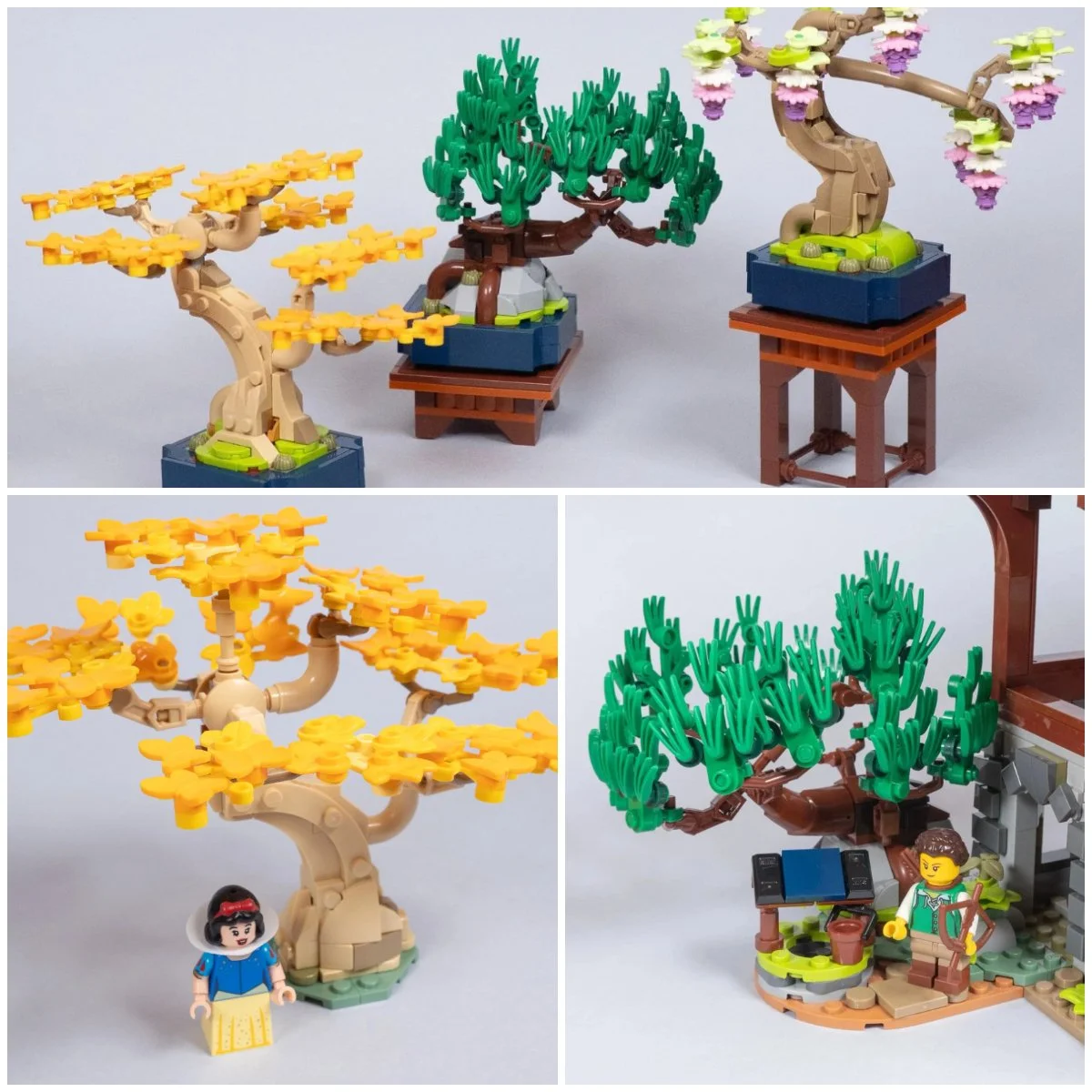LEGO at 100: Predictions For The Next Decade of LEGO
/LEGO’s 90th anniversary is being celebrated today around the world. The first 90 years of LEGO have featured a number of chapters: the wooden toy era, the introduction of plastic toys, the invention of the all-important stud and tube connection, the advent of the minifigure, and a period of business struggle followed by an amazing rebound. Earlier in the year, BrickNerd looked back at 90 Years of Play (and discovered the secret sundial behind the August 10th date!).
So many other LEGO fan sites have celebrated a look back that we decided to look forward to the next decade of LEGO (we suggest Rambling Brick’s fantastic series where this graphic came from too!). Join us now as BrickNerd peers into our crystal ball and predicts what we might see as LEGO approaches its 100th anniversary! These are a collection of random thoughts from the team, some obvious, some hopeful. We hope you enjoy our thoughts and make sure you leave your own predictions below!
Deepening Diversity
We’ll start with the obvious. I fully expect to see unparalleled minifigure representation of the human population in the next 10 years. With over five billion minifigures produced, there’s certainly room for greater variety in the future.
Minifigure Diversity: Skin Tones
When the first minifigures were released in 1978, they all featured the beloved yellow smiley face. Over the years, a few different facial expressions started to appear. It took until 2003 for LEGO to start representing realistic skin tones (Lando Calrissian and NBA players). Realistic skin tones continued to be used for minifigures based on real people such as TV and movie actors, sports players, etc., but the bulk of retail sets continued to use yellow for skin.
Image via Women’s Brick Initiative
LEGO has released two new skin tones in the past year (in more expensive and limited IP sets) and it seems the world is paying attention more and more. The Women’s Brick Initiative (WBI) is actually conducting a follow-up survey on what LEGO skin tones best represent you, so head over to their short survey to express what color you would prefer for your sigfig.
Brickfinder created an April Fools joke “Colors of the World” pack that we wish were real—and it almost is! LEGO started offering customizable minifigures in 2022 with a variety of realistic skin tones. The minifigure factory at select flagship stores offered guests the opportunity to select heads with seven skin tone options and a variety of expressions, in addition to the usual hairpiece and clothing selections. Naturally, there was a premium price for this labor-intensive product (including adding matching color hands to the custom-printed torso assembly each time). But many children enjoyed the opportunity to have a minifigure representing themselves. I hope to see more of this—or more skin tones reflected in the Build-a-Minifigure bar as well!
Photos via Anna Bitanga Brickcentral
Minifigure Diversity: Gender & Identity
While male and female minifigures have existed since 1978, equal representation has been a slow process. LEGO has been gradually increasing the amount of available female characters, and just as importantly, expanding the roles depicted by these women. Two successful LEGO Ideas sets helped usher in this push to represent women in a broader range of careers. Set 21110 Research Institute featured three female scientists while set 21312 Women of NASA featured depictions of four real women (with realistic skin tones) that made notable contributions.
The Women’s Brick Initiative has been an effective voice in the LEGO fan community, pushing for better gender and ethnic representation. Their annual “report card” (my words) highlights significant improvements and opportunities for representation in the LEGO world. I also hope LEGO creates a bit more storytelling through gender identity, maybe including some same-gender couples in sets and continuing to celebrate minority communities.
Minifigure Diversity: Age
The shorter minifigure leg assembly to represent children was introduced in 2002. These were a great addition allowing a more realistic depiction of children and families. A mid-sized leg assembly to represent older children/teens was introduced in 2018.
Older male and female minifigures have existed for years using gray or white hair pieces. These usually depicted grandparents, and often had printed wrinkles and glasses to help convey the mature age of the character. But I thought a great leap in realism happened in 2013 with the introduction of Grandpa’s balding hairpiece!
Certainly as the AFOL population gets older, they will want minifugres that represent themselves more and more. I’m not holding my breath for a big belly torso addition, although it would certainly be funny.
It was very surprising that the minifigure baby wasn’t introduced until 2016. This adorable addition to the minifigure line was initially released with yellow heads and overmolded hands. I hope and expect that the range of skin tones will be expanded to match the greater diversity of the minifigure population. Right now the only baby with a flesh tone head is Jack-Jack from The Incredbles. And he has a mask on!
Minifigure Diversity: Physical Abilities
We can’t look at minifigure diversity without addressing people with varying physical abilities. Not counting the classic pirate captain with his pegleg and hook hand (early prostheses, though take a look at our pirate contest for more!). LEGO has been expanding the depiction of various abilities since 2016 with the addition of a wheelchair, minifigures with hearing aids starting in 2020, a guide dog in 2021, a “blade” prosthetic leg, and a racing wheelchair in 2022. Certainly, LEGO will continue to expand this important subset of the minifigure population. It is interesting to note that several of these versions have also been added to LEGOLAND parks in the form of large fiberglass minifigure statues.
$1000 Doesn’t Buy What It Used To
The $1000 price threshold will undoubtedly be reached in the next 10 years. (OK, more likely $999.99 but I’m still counting it!) What will this first $1000 set be? My money is on Star Wars for sure—another UCS Millennium Falcon seems most likely. The first version in 2007 (10179) was priced at $499.99. The updated version (75192) was the highest priced set at $799.99 from 2017 until 2022. It was matched by the UCS AT-AT (75313) in 2021. As of August 2022, they both crept up to become the new highest-priced sets at $849.99. So, when the next version comes along (maybe in 2027!?), the design will be refined, but the part count will actually decrease to meet the $1000 price point!
Why would that be? Well, it could be inflation, but there is another reason. Besides the psychological barrier at $1000 there’s a corresponding physical barrier. During a Bricks LA virtual presentation, one of LEGO’s packaging specialists identified that human factors were also a limiting factor for set size. The UCS Millennium Falcon set is already close to the one-person repetitive lifting limit. Sure, a larger/heavier box could be labeled as a two-person lift, but it’s unlikely LEGO would do this.
I’m sure we will continue to see a huge proliferation of new sets in the $300 - $600 range during the next ten years. These sets offer an enjoyably complex building experience with a wide variety of subjects, without being so large to make displaying the model a practical issue. Plus LEGO can’t seem to keep these size sets on shelves due to their popularity.
Sustainability
LEGO has committed to a broad range of corporate sustainability goals, and many of these should be achieved by their 100th anniversary.
For example, LEGO is aiming to make all packaging more sustainable by the end of 2025. All packaging will be made from sustainably sourced materials that are either renewable or made from recycled content and certified by the Forest Stewardship Council. One of the more visible changes is phasing out plastic bags within boxes and replacing them with paper bags. While just one set (the employee holiday gift) had some paper bags in 2021, this change is expected to accelerate now that there has been a bit more time for the transition.
The stated goal of making bricks from more sustainable materials by 2030 has shown some promising progress in the form of recycled materials and raw materials from renewable plant-based sources. But the precision tolerances for molding bricks and maintaining clutch power and color stability continue to make this quite a challenge. You can read more about the company’s sustainability goals here.
100th Anniversary Sets Will Be AMAZING
Two of the 90th-anniversary sets (Lion Knights’ Castle 10305 and Galaxy Explorer 10497) were both terrific and hit the sweet spot for AFOLs and kids alike. They certainly raised the bar for what will come in a decade!
I hope LEGO planned ahead, and kept some key product ideas in reserve. I wouldn’t be surprised to see a new Café Corner modular building. This won’t be a reissue, but a reimagined interpretation of the original, much like the Galaxy Explorer. I don’t have any other specific speculations yet, but for those hoping for a new monorail set, I wouldn’t hold your breath!
Changes to the LEGO Ideas Program
The LEGO Ideas program has been very successful in bringing new and imaginative concepts to life. But long before LEGO turns 100, significant changes will occur. For starters, the 10,000 vote threshold will probably be increased (to 20,000 or 25,000?). The recent trend of 40–50 models entering each review cycle just isn’t sustainable. We may also see some new rules to cut down on repetitive type submittals such as modular building variations or architecture concepts (I’m not taking anything away from these fine models, but they often are not the kind of imaginative concepts LEGO is looking for).
Other Predictions from the BrickNerd Team
A few BrickNerd contributors chimed in and shared their personal vision for LEGO one decade from now. Enjoy these both serious (and not so serious) looks into our crystal ball!
Dave: “I think the next ten years of LEGO will be a renaissance of diversity for the company. We can already see individual threads starting to form with new flesh tones and broader support of inclusion initiatives. I can hardly wait to see what the completed tapestry looks like--here's hoping it is as colorful and diverse as the global fan community celebrating right alongside The LEGO Group.”
Are: “What will the next decade of being a LEGO fan bring? Probably at least some frustration for not being able to buy everything I want... but jokes aside, and certainly judging by the sets that the 90th anniversary has given us, there will surely be some amazing building experiences for us fans to dive into. We'll also see a bunch of new and exciting parts (maybe we'll finally get those double-sided plates or at least some other new and fascinating stud-reversal options?), minifigures with more and more detailed decorations, and an ever-expanding portfolio of IPs (some good, some not so good - I'm still on the fence about Avatar, even though I LOVE the movie). I'm also really excited to see what direction Ideas will be taking - for me, that's where many of the most interesting sets of the last decade have come from, just because they are often refreshingly different, especially when they are non-licensed sets. I certainly can't see any immediate reasons not to come along for the ride!”
Gwyneth: “As the resident #glasshalffull Nerd (and noticing the kind of talent the Mothership has been uploading), I predict that the final decade of LEGO's first century will be a golden one. I won’t even try to predict the kinds of sets we'll see; I want to be surprised. Their investment in diversity will surely secure the top spot in the toy market, with an appeal beyond borders. In addition to the primary value of encouraging Play (in all ages), I envision that LEGO will develop new ways to be embraced as a global "gold standard" education tool (again, for all ages). It may take more than a decade to find the sweet spot between the tactile appeal of the System and the virtual world of screens, but they won't stop trying. They'll have the next century for that.”
Ronald: “In 2032, I predict we'll get the 17th minifig version of the Snowspeeder and the X-wing... Where will the mix of physical building and virtual building and apps go? So far Powered Up has been somewhat of a disaster for Technic. Hidden Side wasn't a success despite good sets and Vidiyo... I wonder where Technic will go in the next 10 years. There hasn't been much evolution in the last decade—an upgraded pneumatics system (still without air tanks), updated linear actuators, and new electric parts. The biggest change in Technic is that 10 years ago there were hardly any licensed sets and now most of the bigger sets are licensed.”
Caleb: “The next 10 years are set to bring a lot of big changes to LEGO! For starters, it's only a matter of time before LEGO becomes the primary form of currency around the world, all based on the goat standard. Total world domination probably won't be achieved until at least 2040, but they'll definitely have control of most of Europe by 2032. Oh, and there'll be about 20 new police and fire stations.”
What will LEGO really look like on their 100th anniversary? No doubt a mixture of topics discussed above and new developments nobody saw coming! Let’s enjoy the journey together and keep building!
What are your predictions for the next 10 Years of LEGO? Leave your thoughts in the comments below.
Do you want to help BrickNerd continue publishing articles like this one? Become a top patron like Charlie Stephens, Marc & Liz Puleo, Paige Mueller, Rob Klingberg from Brickstuff, John & Joshua Hanlon from Beyond the Brick, Megan Lum, and Andy Price to show your support, get early access, exclusive swag and more.

